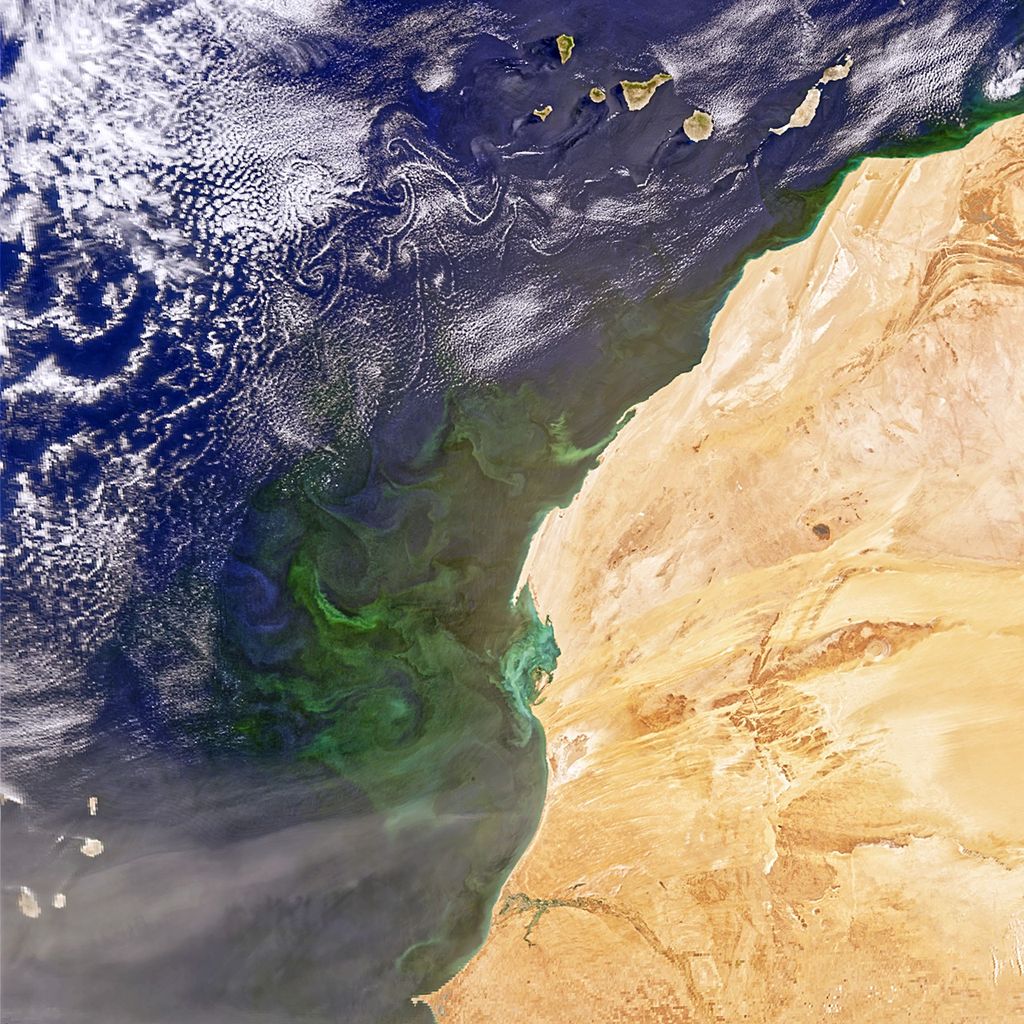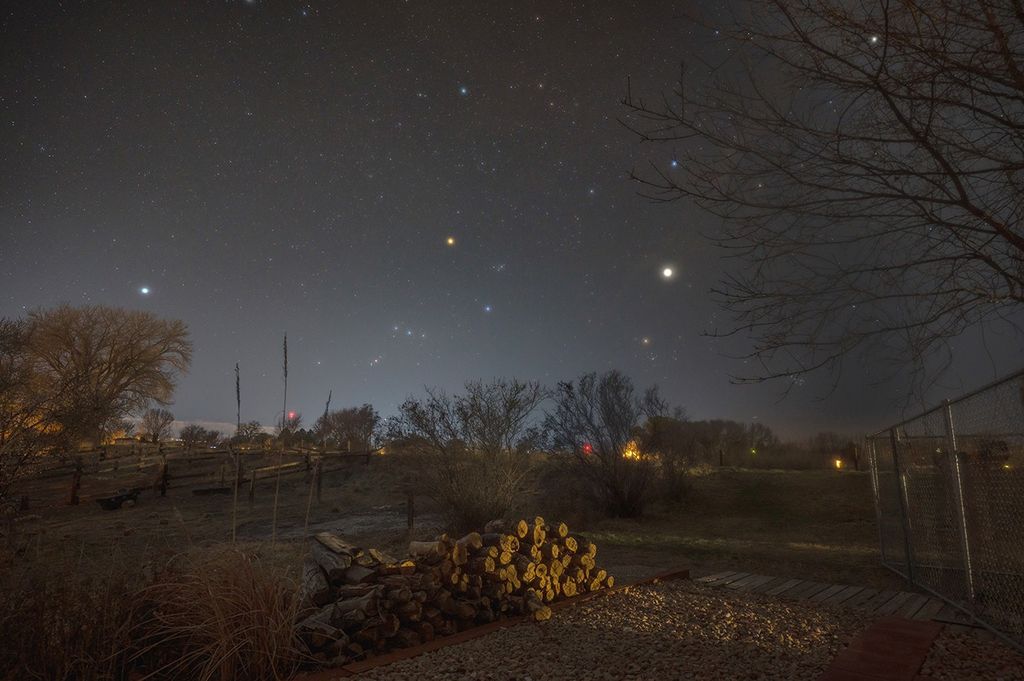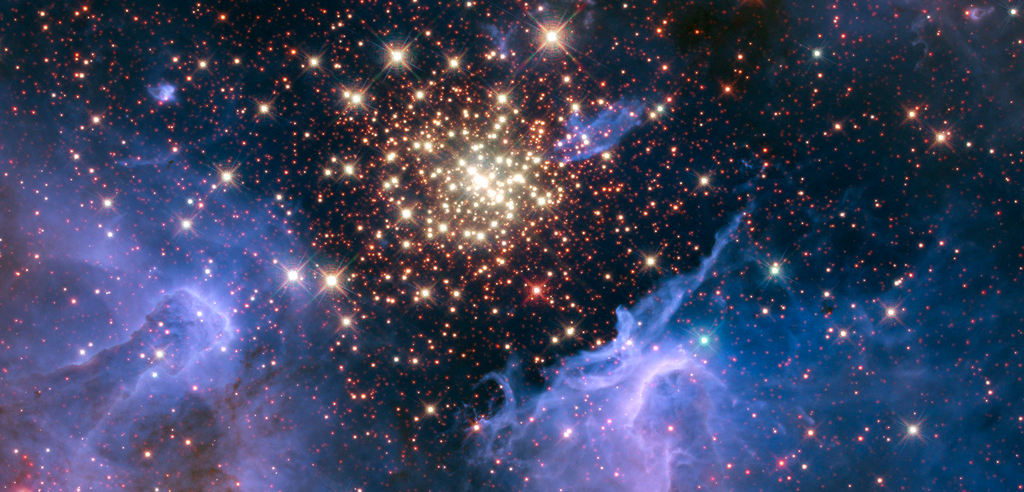
Clayton Elder
Research Scientist, Center Coordinator: Disasters Response Coordination System
Affiliation: NASA Ames Research Center (ARC)
Branch: Biospheric Science (SGE)
Professional Biography
Clayton D. Elder serves as a Research Scientist within the Biospheric Science branch at Ames, concurrently holding the position of center coordinator for NASA’s Disasters Response Coordination System. He obtained his Ph.D. in Earth System Science from the University of California Irvine in 2018, focusing on the utilization of rare carbon isotopes to investigate the origins and scale of greenhouse gas emissions in Arctic lakes.
Following the completion of a NASA postdoctoral fellowship and subsequent appointment as a Research Scientist at the Jet Propulsion Laboratory, Elder continues his study of the changing Arctic carbon cycle and its implications for global climate. More broadly, he employs airborne and spaceborne imaging spectroscopy techniques to detect and elucidate environmental patterns of ecological and anthropogenic methane emission hotspots.
Elder is actively engaged as a co-investigator and collaborator across multiple phases of NASA’s Arctic Boreal Vulnerability Experiment (ABoVE). Additionally, he is a principal investigator in NASA’s Commercial Smallsat Data Acquisition (CSDA) program, overseeing the evaluation of GHGSat methane plume observations in comparison to data collected by NASA’s Earth Surface Mineral Dust Source Investigation (EMIT) spectrometer aboard the International Space Station.
Education
PhD Earth System Science, University of California Irvine
MS Earth System Science, University of California Irvine
BS Environmental Science, Oklahoma State University
Research Interests
- Carbon isotope investigations into the origins of methane and carbon dioxide emissions from wetland ecosystems
- Airborne and spaceborne spectroscopic imaging of greenhouse gasses
- Bridging scales between in-situ and remote sensing datasets to constrain complex ecological processes
- Exploring the technical and application readiness levels of NASA’s Earth-observing missions for applied science
Awards/Honors
- NASA Postdoctoral Program Fellowship (2017)
- Achievement Rewards for College Scientists Fellowship (2014)
Press Releases
- “NASA Flights Link Methane Plumes to Tundra Fires in Western Alaska”
- “A Warming Arctic Turns Topsy Turvy”
- “NASA Flights detect millions of Arctic methane hotspots”
- “Arctic lakes are releasing relatively young carbon”
Select Publications
Elder, C.D., Thompson, D.R., Thorpe, A.K., Chandanpurkar, H.A., Hanke, P.J., Hasson, N., James, S.R., Minsley, B.J., Pastick, N.J., Olefeldt, D. and Walter Anthony, K.M., 2021. Characterizing methane emission hotspots from thawing permafrost. Global Biogeochemical Cycles, 35(12), p.e2020GB006922.
Elder, C.D., Thompson, D.R., Thorpe, A.K., Hanke, P., Walter Anthony, K.M. and Miller, C.E., 2020. Airborne mapping reveals emergent power law of arctic methane emissions. Geophysical Research Letters, 47(3), p.e2019GL085707.
Elder, C.D., Schweiger, M., Lam, B., Crook, E.D., Xu, X., Walker, J., Walter Anthony, K.M. and Czimczik, C.I., 2019. Seasonal sources of whole‐lake CH4 and CO2 emissions from interior Alaskan Thermokarst Lakes. Journal of Geophysical Research: Biogeosciences, 124(5), pp.1209-1229.
Elder, C.D., Xu, X., Walker, J., Schnell, J.L., Hinkel, K.M., Townsend-Small, A., Arp, C.D., Pohlman, J.W., Gaglioti, B.V. and Czimczik, C.I., 2018. Greenhouse gas emissions from diverse Arctic Alaskan lakes are dominated by young carbon. Nature Climate Change, 8(2), pp.166-171.
Elder, C.D., Hanke, P., Walter Anthony, K., Thompson, D.R., Miller, C. and Thorpe, A., 2020. ABoVE: Methane flux across two thermokarst lake ecosystems, interior Alaska, 2018. ORNL DAAC.
Elder, C.D., Hasson, N., Hanke, P., Wright, S., Anthony, K.W. and Miller, C.E., 2021. Methane fluxes from shorelines and differing surfaces, big Trail Lake, Alaska, 2019. ORNL DAAC.
Schwab, V.F., Nowak, M.E., Elder, C.D., Trumbore, S.E., Xu, X., Gleixner, G., Lehmann, R., Pohnert, G., Muhr, J., Küsel, K. and Totsche, K.U., 2019. 14C‐free carbon is a major contributor to cellular biomass in geochemically distinct groundwater of shallow sedimentary bedrock aquifers. Water resources research, 55(3), pp.2104-2121.
Schimel, D., Schneider, F., Bloom, A., Bowman, K., Cawse-Nicholson, K., Elder, C.D., Ferraz, A., Fisher, J., Hulley, G., Liu, J., Magney, T., Meyer, V., Miller C.E., Parazoo, N., Pavlick, R., Podest, E., Saatchi, S., Stavros, N., Keller, M., Townsend, P., Zheng, T.. 2019. Flux towers in the sky: global ecology from space. New Phytologist, 224(2), pp.570-584.
Jones, B.M., Tape, K.D., Clark, J.A., Bondurant, A.C., Ward Jones, M.K., Gaglioti, B.V., Elder, C.D., Witharana, C. and Miller, C.E., 2021. Multi-dimensional remote sensing analysis documents beaver-induced permafrost degradation, Seward Peninsula, Alaska. Remote Sensing, 13(23), p.4863.
Jones, B., Tape, K., Clark, J., Bondurant, A., Ward Jones, M., Gaglioti, B., Elder, C.D., Witharana, C. and Miller, C., 2021. Swan Lake Creek Study Reach Datasets-beaver dams, flowlines, and UAS imagery; Seward Peninsula, Alaska; 2006-2021.
Miner, K.R., Turetsky, M.R., Malina, E., Bartsch, A., Tamminen, J., McGuire, A.D., Fix, A., Sweeney, C., Elder, C.D. and Miller, C.E., 2022. Permafrost carbon emissions in a changing Arctic. Nature Reviews Earth & Environment, 3(1), pp.55-67.
Baskaran, L., Elder, C.D., Bloom, A.A., Ma, S., Thompson, D. and Miller, C.E., 2022. Geomorphological patterns of remotely sensed methane hot spots in the Mackenzie Delta, Canada. Environmental Research Letters, 17(1), p.015009.
Mullen, A.L., Watts, J.D., Rogers, B.M., Carroll, M.L., Elder, C.D., Noomah, J., Williams, Z., Caraballo‐Vega, J.A., Bredder, A., Rickenbaugh, E. and Levenson, E., 2023. Using High‐Resolution Satellite Imagery and Deep Learning to Track Dynamic Seasonality in Small Water Bodies. Geophysical Research Letters, 50(7), p.e2022GL102327.
Clark, J.A., Tape, K.D., Baskaran, L., Elder, C.D., Miller, C., Miner, K., O’Donnell, J.A. and Jones, B.M., 2023. Do beaver ponds increase methane emissions along Arctic tundra streams?. Environmental Research Letters, 18(7), p.075004.
Garcia-Tigreros, F., Elder, C.D., Kurek, M.R., Miller, B.L., Xu, X., Wickland, K.P., Czimczik, C.I., Dornblaser, M.M., Striegl, R.G., Kyzivat, E.D. and Smith, L.C., 2023. Arctic-boreal lakes of interior Alaska dominated by contemporary carbon. Environmental Research Letters, 18(12), p.124024.
Yoseph, E., Hoy, E., Elder, C.D., Ludwig, S.M., Thompson, D.R. and Miller, C.E., 2023. Tundra fire increases the likelihood of methane hotspot formation in the Yukon–Kuskokwim Delta, Alaska, USA. Environmental Research Letters, 18(10), p.104042.
Thorpe, A.K., Green, R.O., Thompson, D.R., Brodrick, P.G., Chapman, J.W., Elder, C.D., Irakulis-Loitxate, I., Cusworth, D.H., Ayasse, A.K., Duren, R.M. and Frankenberg, C., 2023. Attribution of individual methane and carbon dioxide emission sources using EMIT observations from space. Science advances, 9(46), p.eadh2391.
Ying, Q., Poulter, B., Watts, J.D., Arndt, K.A., Virkkala, A.M., Bruhwiler, L., Oh, Y., Rogers, B.M., Natali, S.M., Sullivan, H. and Schiferl, L.D., Elder, C.D., 2024. WetCH 4: A Machine Learning-based Upscaling of Methane Fluxes of Northern Wetlands during 2016–2022. Earth System Science Data Discussions, 2024, pp.1-45.

























